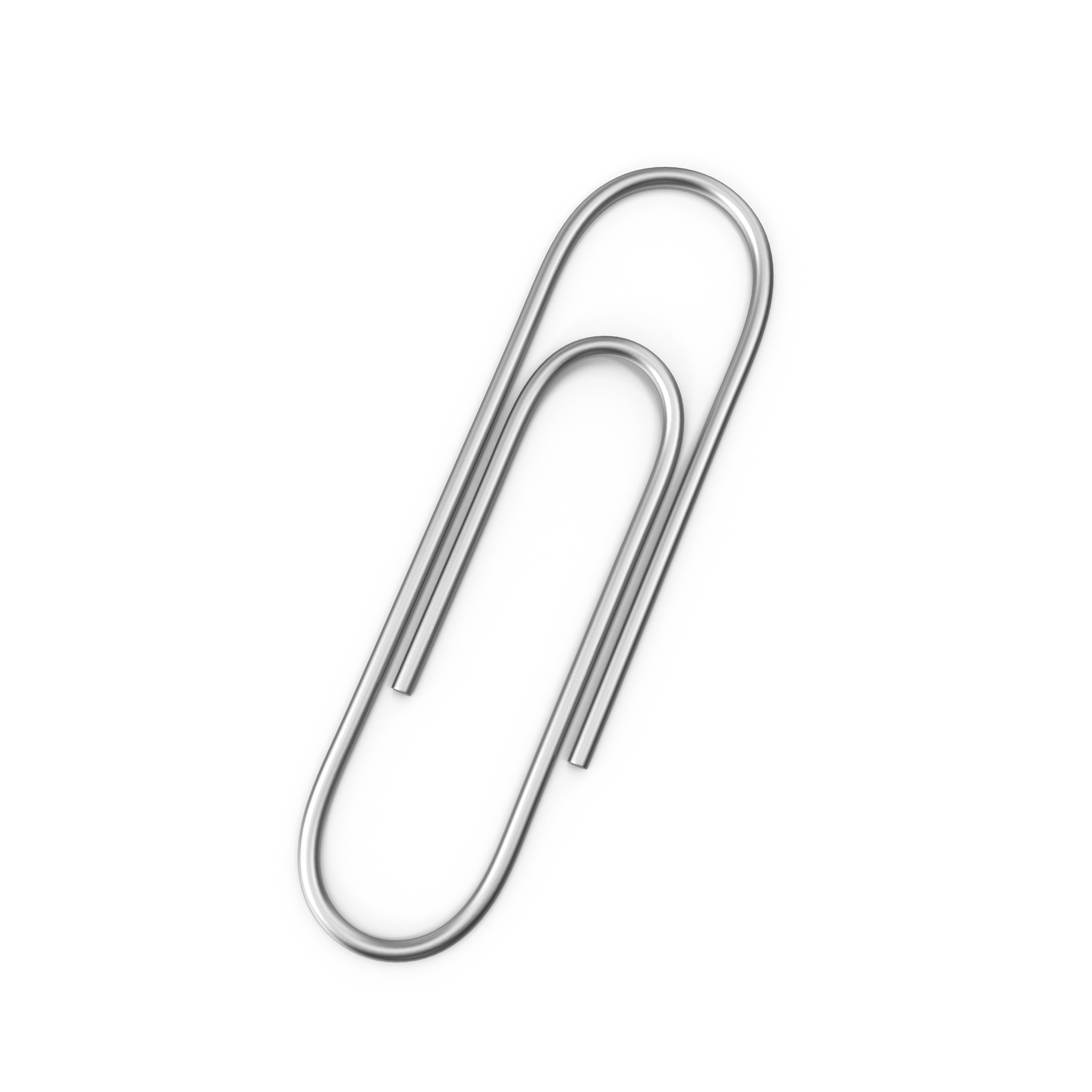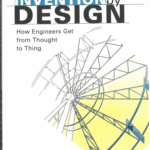Hey, Get a Grip! Your Basic Paper Clip is like a Mousetrap
INNOVATOR GETS AROUND PAPER CLIP’S CURVES
Amal Kumar Naj | July 24, 1995
Orthopedic surgeon Gary Michelson is bent out of shape by the paper clip. Its traditional oval-in-an-oval shape, the Venice, Calif., doctor asserts, is flawed.
So Dr. Michelson, who has several medical inventions to his credit, recently designed and patented his own square paper clip. “It doesn’t require special motor skills to operate. It doesn’t split and rotate, and its ends don’t gouge and scrape the paper,” he says.The surgeon thus joined a highly select – and frustrated – group of inventors who have tried to redesign one of humankind’s simplest devices. Since its invention in 1899 by a Norwegian named Johan Vaaler, several hundred inventors have patented paper clips in every conceivable shape – square, round, oval, triangular, teardrop and arrowhead.
But the Gem, as the common clip has been known since it was first manufactured by the now-defunct Gem Ltd. of Britain, is an office staple. It is by far the best-selling paper clip, accounting for most of the 20 billion paper clips sold every year. Despite competition, Gem isn’t going to be pushed around.
Its enduring standing is attributed largely to its graceful curves that “resonate with people’s conception of what’s nice and elegant,” says Henry Petroski, professor of engineering at Duke University in Durham, N.C.
Adds Desmond La Place, vice chairman of ACCO World Corp., a maker of paper clips and other office products in Deerfield, Ill.: “Gem works. Why are these inventors trying to complicate a one-car funeral?”
But that isn’t to say that Gem doesn’t have its failings.
“The chances are 50-50 that when you pick up a Gem, it’s the wrong end,” says Charles Link, a retired mechanical engineer in Carmichael, Calif. “You have to turn it around. That’s a waste of time.”
The 86-year-old Mr. Link, who once designed parts for weather satellites and motorized street sweepers, went to work on a time-saving version soon after retiring in 1970. In 1991, he received a patent for his “endless filament” clip, a rectangular clip with overlapping arms in the center to accept paper from both ends.
Michelson, the surgeon, also claims his clip design is safer than the Gem. If one tries to force too many papers into the Gem, he says, the clip can spring loose with considerable force, “thereby presenting a very real threat to the user, who may be struck in the eye.”
Michelson’s design has a straight top that bends into two perpendicular legs, an inch apart, which loop back toward the top spine at a 45-degree angle. Since its spine is much wider than Gem’s, it provides a greater “spring torque” to tightly hold as many as 30 sheets – compared with Gem’s five to 10 sheets – without the arms losing any resiliency, Michelson says.
Inventors, however, find that it is easier to bend a piece of a wire than the ear of a manufacturer. Mr. Link, the retiree, wrote to several paper-clip manufacturers, including some in Taiwan, to get them to buy rights to his clip. “They weren’t interested,” he says.
Suzy Chung Hirzel experienced similar rebuffs before investing $30,000 of her own money to manufacture a small number of her clips last year. Designed in layers, the clip can clasp two sets of papers at once.
“You can look through one stack without disturbing the other,” she says. She sent 90,000 clips to a distributor and is awaiting customer reaction. “When I invented it, I thought everybody would want it, but it hasn’t happened,” says Mrs. Hirzel, who in 1992 gave up a living playing the piano to pursue the paper clip and 18 other inventions, from a tangle-free hairbrush to a nutcracker for chestnuts.
Cost is a big reason manufacturers won’t beat a path to a better clip. For one thing, the U.S. market is small, totaling about $15 million to $20 million a year, estimates Mr. La Place of ACCO, a unit of American Brands Inc. Any new clip would sell only in small volume, and hence would be as much as five times more costly to make than the Gem, he says.
References
- Gary K. Michelson; Hey, Get a Grip! Your Basic Paper Clip is like a Mousetrap [1995-07-24. Amal Kumar Naj. Wall Street Journal | Michelson Medical Research Foundation]
- Paper clip – Patent 4,949,435 | Michelson Patents
- INNOVATOR GETS AROUND PAPER CLIP'S CURVES [1995.08.20. The Wall Street Journal]
Related Posts
In 1899 – William Middlebrook of Waterbury, Connecticut made the “Gem Clip” (Credit: Envato Images)



![[Pg1] Innovation Lessons From a Billionaire | IP Watchdog](https://www.michelsonmedicalpatents.org/wp-content/uploads/2016/06-08-ipwatchdog-innovation-lessons-from-billionaire/Innovation-Lessons-From-a-Billionaire-IPWatchdog.com-_-Patents-Patent-Law_Page_1-260x185.jpg)
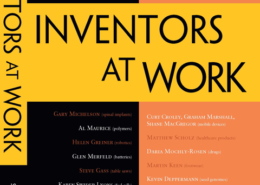
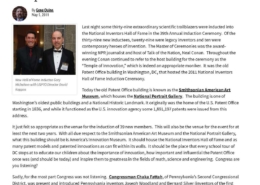 IP Watchdog
IP Watchdog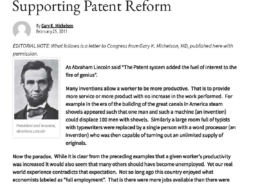 IP Watchdog
IP Watchdog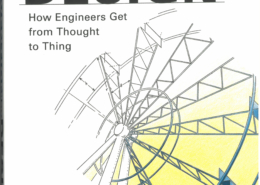
![Hey, Get a Grip! Your Basic Paper Clip is like a Mousetrap [1995-07-24. Amal Kumar Naj. The Wall Street Journal]](https://www.michelsonmedicalpatents.org/wp-content/uploads/1995/07-24-paper-clip-like-mousetrap-wsj/paperclip-wsj-260x185.png) Wall Street Journal
Wall Street Journal![Hey, Get a Grip! Your Basic Paper Clip is like a Mousetrap [1995-07-24. Amal Kumar Naj. The Wall Street Journal] Hey, Get a Grip! Your Basic Paper Clip is like a Mousetrap [1995-07-24. Amal Kumar Naj. The Wall Street Journal]](https://www.michelsonmedicalpatents.org/wp-content/uploads/1995/07-24-paper-clip-like-mousetrap-wsj/paperclip-wsj.png)
